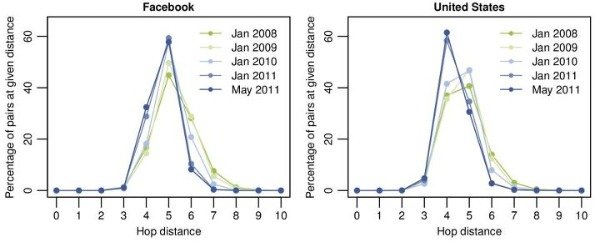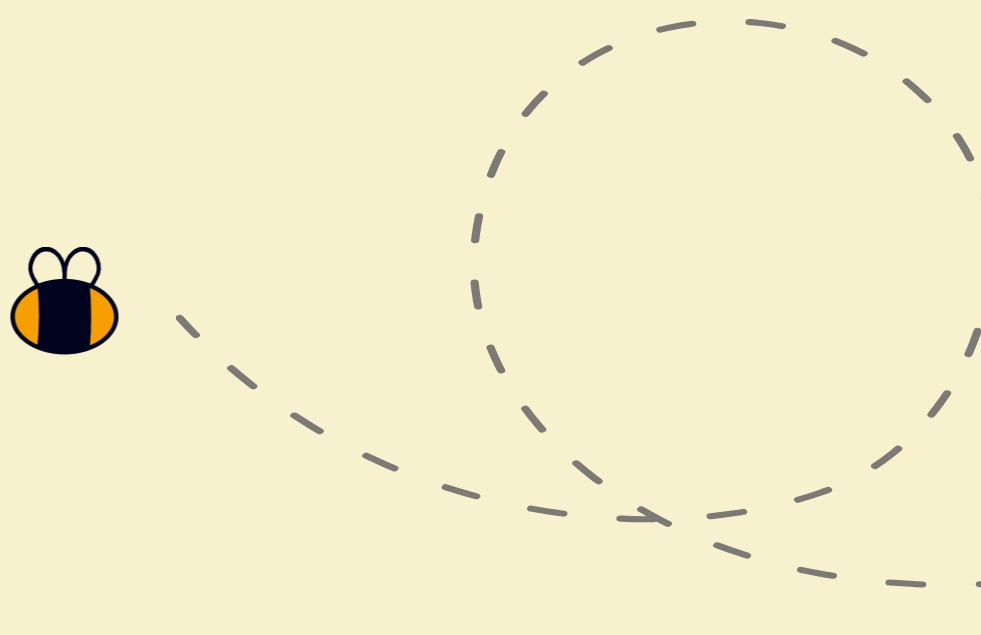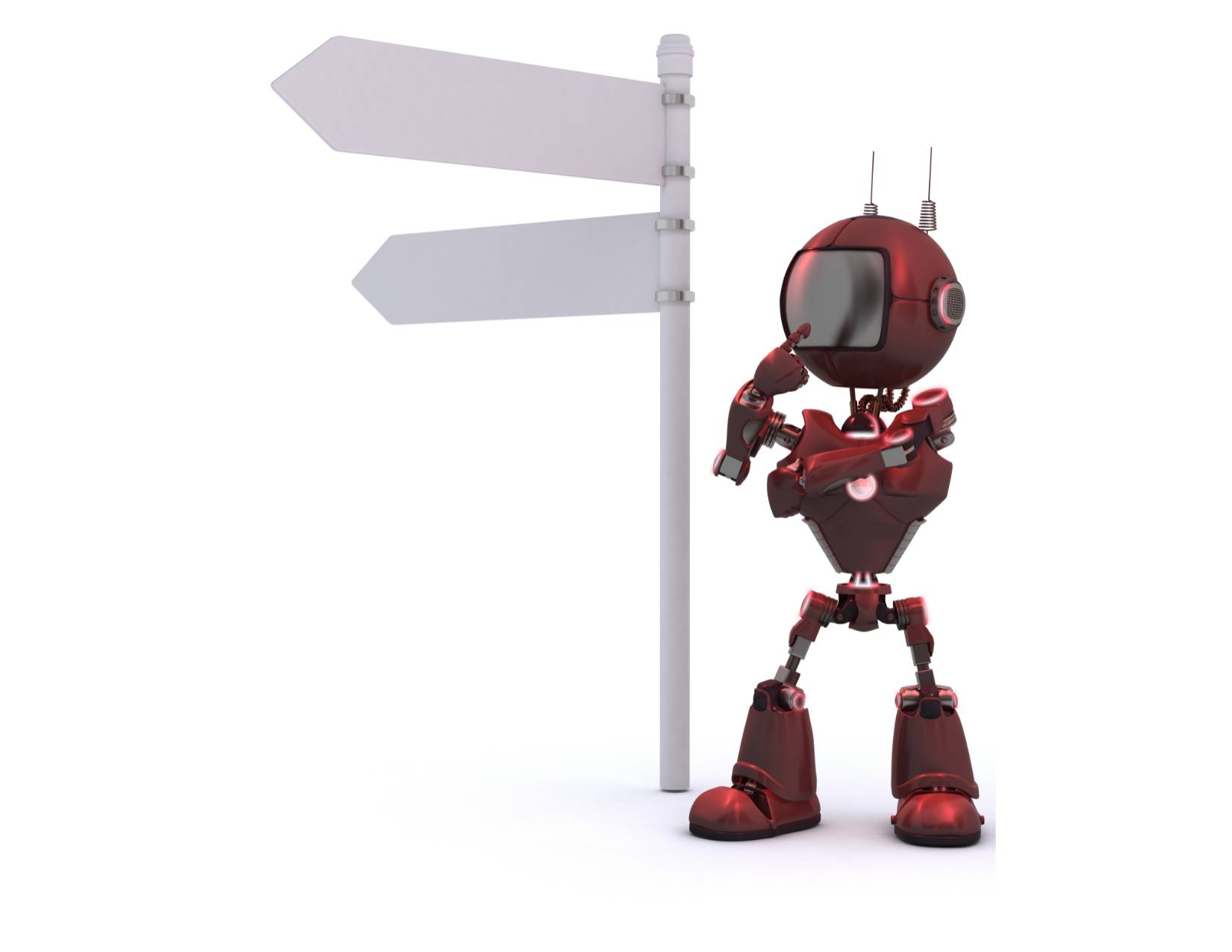We’ve all had it happen: You befriend someone on Facebook and find out they know the girl who gave you the chicken pox in grade 3. It’s a little creepy, but a recent Facebook study shows our connections are becoming a little less coincidental and a lot more scientific.
We’ve all had it happen: You befriend someone on Facebook and find out they know the girl who gave you the chicken pox in grade 3. It’s a little creepy, but a recent Facebook study shows our connections are becoming a little less coincidental and a lot more scientific.
Let me break it down for you.
Degrees of Separation, Pre-Interweb
 This phrase comes from a fun social experiment conducted in the 1960s. American psychologist Stanley Milgram mailed packages to 160 random people in Omaha, Nebraska, with the hopes of the packages eventually reaching their final destination: a stockbroker in Boston. But the catch was that they were only allowed to forward their package to a friend or acquaintance who they thought was most likely to know the stockbroker personally.
This phrase comes from a fun social experiment conducted in the 1960s. American psychologist Stanley Milgram mailed packages to 160 random people in Omaha, Nebraska, with the hopes of the packages eventually reaching their final destination: a stockbroker in Boston. But the catch was that they were only allowed to forward their package to a friend or acquaintance who they thought was most likely to know the stockbroker personally.
Surprisingly, the first package arrived after only 2 intermediates. The overall average between sender and destination was 5, which gave rise to the theory that any two people can be connected in six steps of fewer (six degrees of separation). This theory gave rise to all sorts of nifty things, like parlour games and the Oracle of Bacon.
Degrees of Separation, Post-Interweb
Facebook, in collaboration with researchers at the Università degli Studi di Milanoa, had a heck of a lot more data to work with than poor Mr. Milgram. They studied 721 million active Facebook users (including yourself) and their 69 billion friendships. That’s 10% of the global population.
Using fancy algorithms, researchers were able to determine that the average number of links between users is shrinking—the average distance in 2008 was 5.28 degrees, while now it is 4.74. Currently:
- 99.6% of users are connected by paths with 5 degrees (4 links in between)
- 92% are connected by only 4 degrees (3 links)
- And if users are from the same country, that number shrinks to 3 degrees (2 links)
Here’s what 4 degrees of separation looks like in a graph:

Why so connected all of sudden?
The magic of social networks. In a feel-good paragraph stuck to the end of the study, Facebook said social networks are “well-connected in the sense that you can reach anyone from anyone else in a relatively short number of hops, but at the same time, they are very locally clustered, with the vast majority of connections spanning a short distance.”
So even though Facebook users tend to cluster by nationality (84% of all connections are between users in the same country) and by age (even 60-year-olds have mainly 60-year-old friends), the study found that as Facebook grows, it represents a larger and larger fraction of the global population and becomes more and more connected.
Facebook admits this data can’t be be directly compared to Milgram’s—in addition to the changed definition of “friend,” Milgram’s social network was small and closed while Facebook’s represented a social network almost in its entirety.
But still, although the results aren’t mind-blowing, they’re interesting. Will our degrees of separation get even lower? How low can they go?







